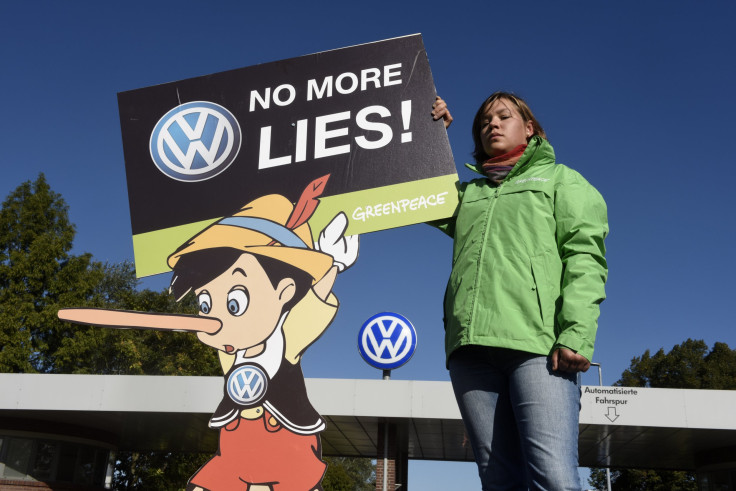Volkswagen Whistleblower: 'We Gave EPA The Diesel Emissions Data In 2014'

The Volkswagen scandal has shaken the automotive world. It all started with two men: Peter Mock and John German. The pair worked with West Virginia University to try to show that clean emissions tech doesn't necessarily affect automotive performance. Instead, they discovered that the chosen cars were pumping 40 times more emissions into the air than they were supposed to. They submitted their findings to the California Air Resources Board and the federal Environmental Protection Agency.
This week, German, senior fellow at the International Council on Clean Transportation, suddenly became one of the key figures in a story about how the global car manufacturer had cheated on EPA emissions tests. The shocking revelations have had widespread impact on the industry and started an international conversation on emissions testing. They also cost Volkswagen CEO Martin Winterkorn his job. Here, German speaks to International Business Times about how Volkswagen got away with it, the wider implications, and what happens next.
International Business Times: Now, as I understand it, Volkswagen was using a "defeat device" to measure the conditions of the car, but this wasn't actually a device. It was a piece of software, correct? What was that software measuring for?
John German: We don't know. You are correct it is software, it has to do with the computer looking for the conditions under which test procedure was conducted, and if it detects the conditions, the emission controls behave the way they were designed. But if it does not detect those conditions, it switches to a different control where it reduces the effect of the system. The specifics as to how they reduce effectiveness, though, we don't know. There's quite a number of ways they could detect how they could see that the car was being tested.
IBT: Who could have known about this?
German: One aspect that's really interesting is that we turned data and report over to CARB and the EPA back in May 2014 and they discussed the problems with Volkswagen. Then in December 2014, Volkswagen issued a field fix, and they reflashed the computers in the cars to install the field fix. A few months later they assessed, and found the defeat device was still in the field fix. That is incomprehensible to me, so the interpretation is that this was only a relatively small part of the company.
IBT: Is this something that's ever happened before?
German: There have been a number of other defeat device cases. The best-known case was in the late 1990s with heavy-duty engine manufacturers, ones for really big freight trucks. They did something similar; they were concerned with driving long distances. So they looked for a steady state highway speed for more than x mins, after which they would change calibrations, pushing the NOx up.
IBT: But I'm assuming before they didn't have as advanced computers and electronics. How did they control it before?
German: The systems were simpler. Before NOx after treatment, it was all in calibration. One example of this was what's known as exhaust gas recirculation. That was the first step of control. You could put in one of those to reduce NOx, but it would also increase fuel consumption, so you could switch it off.
IBT: When will we find out what Volkswagen was doing? Are we talking more in months or years?
German: We will only find out if CARB or EPA reveal it. It might be part of the settlement with Volkswagen, as part of the legal agreement. There is a good chance that the EPA will release the info, but we're probably talking more in months. At this stage, though, it's definitely in Volkswagen's interest to get it fixed and behind them as fast as possible.
IBT: Could we conduct tests to find out for ourselves how Volkswagen were doing this?
German: Maybe. It would be difficult. The kind of time and expertise it takes to reverse-engineer calibrations ... these computers are really powerful and complex, and it would take a large amount of time and expertise.
IBT: But we know the car was looking for certain conditions. What are these conditions they could have been measuring for?
German: There are several factors. On an official test the non-drive wheels don't spin, the front wheels do not turn. The test is run at a consistent ambient temperature. It's always run with a cold engine, and the test has a defined speed trace, i.e. the speed for each second. Volkswagen could have looked for any of those.
IBT: Thank you for your time, this has been very interesting. Is there anything else you wanted to say about this that you don't think we covered?
German: The main point is that governments need to do a better job of oversight and enforcement. Worldwide, in China, India, Brazil ... the primary lesson is that there needs to be better oversight and more data.
© Copyright IBTimes 2024. All rights reserved.





















